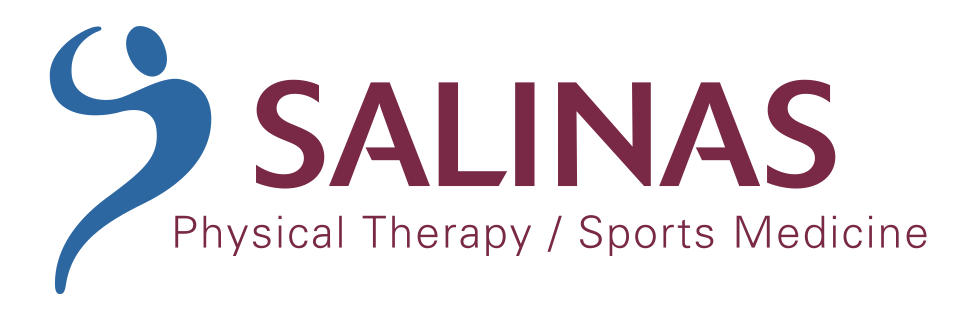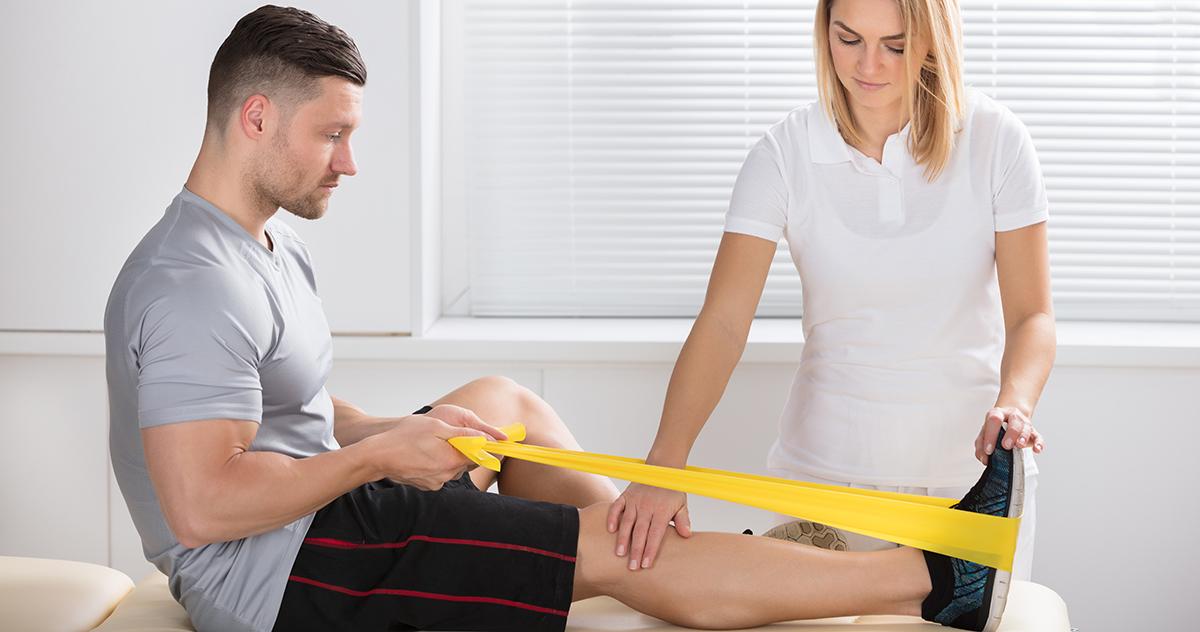Phone: (714) 695-1566
Fax: (714) 695-1553
Email: info@salinaspt.com
23655 Via Del Rio, Suite C
Yorba Linda, CA 92887

Phone: (714) 695-1566
Fax: (714) 695-1553
Email: info@salinaspt.com
23655 Via Del Rio, Suite C
Yorba Linda, CA 92887

The stronger you are before surgery, the stronger you’ll be after.
That’s the philosophy behind prehabilitation (or “prehab”), the process of improving strength and functional capacity before surgery through a comprehensive and targeted exercise program – a process typically overseen by a physical therapist.
“Prehab makes a huge difference in patients’ outcomes,” said Hal Crane, M.D., orthopedic surgeon and founding medical director of the Rose Institute for Joint Replacement in Denver, CO. “They get vertical sooner and recover faster.”
Such is the goal of a prehabilitation program – to prepare the body for the stresses of the surgeries and procedures themselves while also preparing patients for life after surgery, helping lead to a more rapid recovery.
“There’s a long and comprehensive history of using prehabilitation to improve orthopedic surgical outcomes,” said Dr. Julie K. Silver of Harvard Medical School, co-author of a 2013 article published in the American Journal of Physical Medical & Rehabilitation.
That history includes a study published in the October 2014 edition of the Journal of Bone & Joint Surgery that stated a physical therapy program before joint replacement surgery – a prehabilitation program – can reduce the need for post-operative care by nearly 30 percent. That’s an average of more than $1,200 savings per patient.
And while more than 1 million combined knee and hip replacement surgeries are performed each year in the U.S. (according to the American Academy of Orthopedic Surgeons), the positive applications of targeted prehabilitation programs far exceed this patient population.
“Our new review shows there is a unique opportunity to help many people who have been newly diagnosed with cancer to improve their physical and emotional outcomes,” Dr. Silver said. “A growing body of evidence supports preparing newly diagnosed cancer patients for and optimizing their health before starting acute treatments.”
The goal of cancer prehabilitation, Silver says, is to prevent or reduce the severity of anticipated issues related to cancer treatments – issues that could later lead to disability – by building patients’ strength and stamina. This can include pelvic floor exercises to reduce problems with urinary incontinence for prostate cancer patients, or range-of-motion exercises for women with breast cancer.
Harvard Medical School researchers Drs. Silver and Jennifer Baima say that prehabilitation interventions for cancer patients can reduce treatment-related complications, shorten hospital stays, increase available treatment options, and facilitate their return to optimal functionality.
“Newly diagnosed cancer patients are often seeking ways to become immediately involved in their care that may go beyond decision making about upcoming treatments,” Dr. Silver said. “This review provides an exciting jumping-off point for cancer researchers to looking more closely at how to improve outcomes from the moment of diagnosis onward.”
Though a physician and physical therapist will customize a prehabilitation program based on individual patients’ needs, conditions, medical history and treatment path, a typical prehabilitation program may include warm-ups, cardiovascular exercise, resistance treatment, and an emphasis on flexibility and practicing functional tasks. Physical therapists work closely with physicians, surgeons and/or oncologists in developing such individualized programs.
In addition, prehabilitation provides physical therapists with an opportunity to prepare patients for the mental aspect of post-operative or post-treatment rehab, educating them about what to expect immediately after the procedure and coaching them on exercises they will need to know during the rehabilitation process.
For more information about prehabilition and how it may help you get you back on your feet following a treatment or procedure, contact your personal physician or physical therapist.